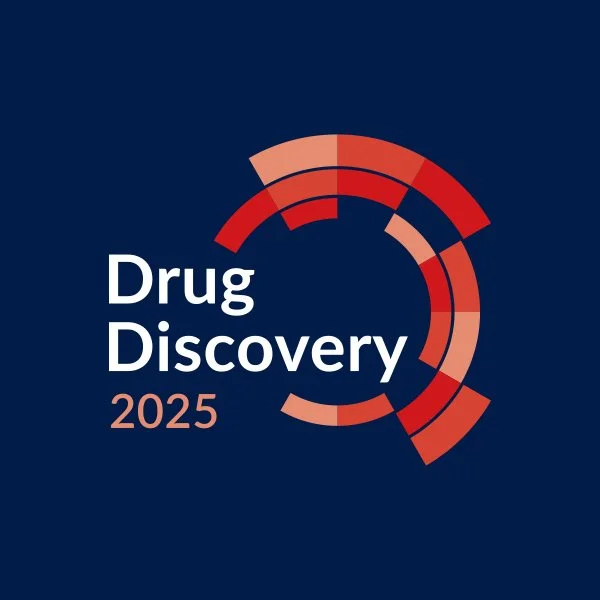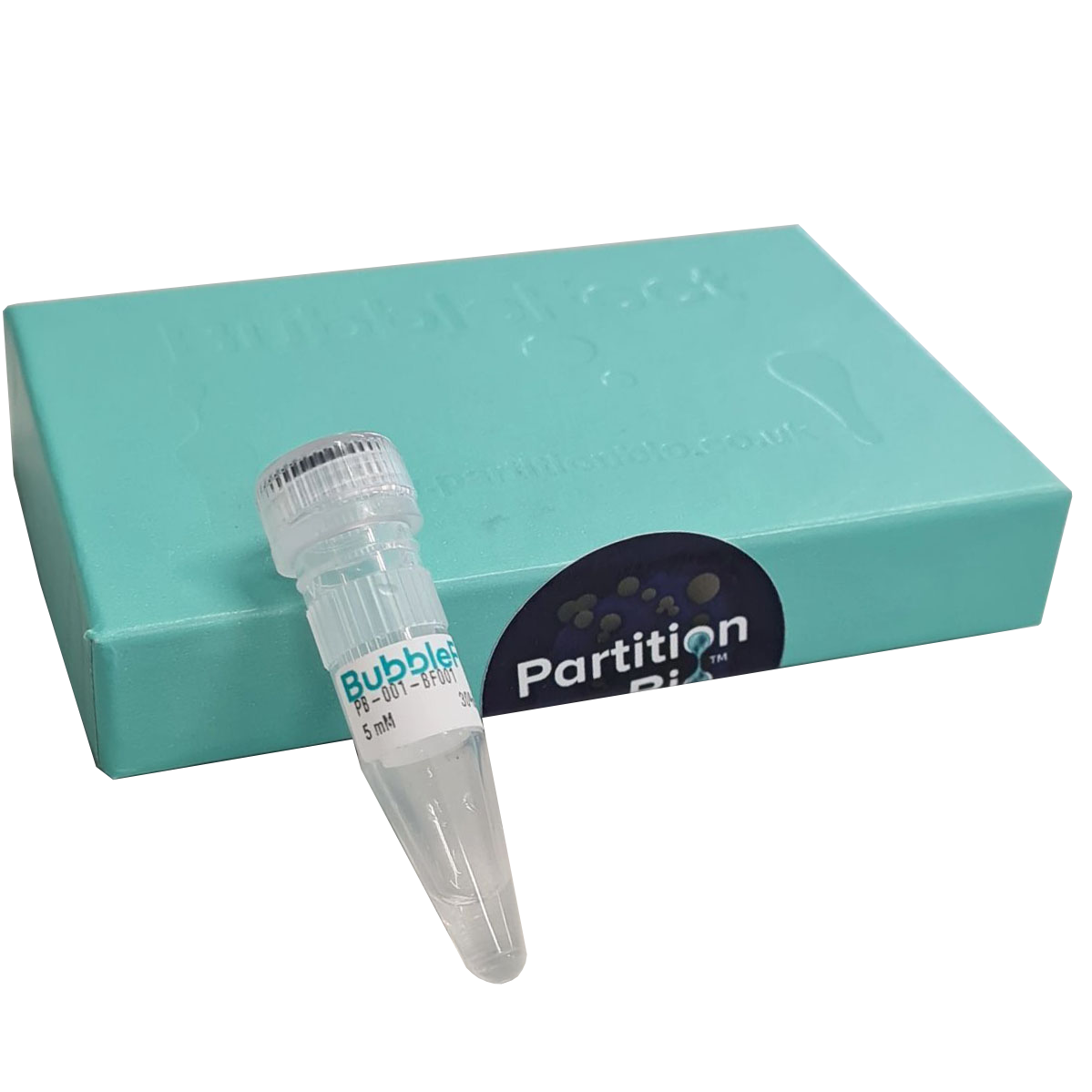
PartitionBio: 2025 in Review
As 2025 draws to a close, we’re proud to reflect on a transformative year for PartitionBio. One defined not only by platform progress, but also by growth in community engagement, outreach, and presence across the UK, Europe and USA. Our mission remains the same: to unlock new possibilities in biological research and engineering by harnessing the science behind biomolecular condensates for therapeutic and life science research applications such as cell delivery

ELRIG Drug Discovery 2025: Innovation, Inspiration, and an Unforgettable Week
There’s a certain kind of energy that only comes from being surrounded by people who truly love science, and this year’s ELRIG Drug Discovery 2025 in Liverpool captured that spirit perfectly.

Lipid-Free Cell Delivery System Wins ELRIG Drug Discovery Innovation Award
At this year’s ELRIG Drug Discovery event, held in Liverpool, UK, the Innovation Award was presented to PartitionBio, the biotechnology startup behind a new droplet-based cell delivery system for biological cargos.

PartitionBio and Gene Weaver Announce Exclusive Partnership
PartitionBio, a biotechnology company pioneering advanced biologics delivery technologies, today announced a strategic collaboration with Gene Weaver, an innovation-driven company specialising in programmable gene insertion.

PartitionBio at ELRIG Drug Discovery 2025 – Innovation Zone
We’re excited to announce that PartitionBio will be attending ELRIG Drug Discovery 2025 this October, showcasing our cutting-edge delivery platform BubbleFect in the Innovation Zone. This is a fantastic opportunity to connect with researchers, innovators, and industry leaders who are shaping the future of drug discovery.

Understanding Liquid–Liquid Phase Separation
Liquid–liquid phase separation (LLPS) is rapidly gaining recognition as a foundational mechanism in cell biology, biophysics, and therapeutic innovation. Once considered cellular noise, LLPS is now known to organize biomolecules into dynamic, membrane-less compartments known as biomolecular condensates. These liquid-like structures play critical roles in gene regulation, RNA metabolism, and signal transduction, offering a powerful new lens through which to understand health and disease.

Rethinking Lipid Nanoparticles
Lipid nanoparticles (LNPs) have played a central role in the rise of RNA-based therapeutics and vaccines, including the rapid development of mRNA COVID-19 vaccines. But while LNPs have proven their utility in certain contexts, their limitations are becoming increasingly clear. As biologic therapies become more complex and personalized, we need delivery technologies that go further—safer, simpler, and more flexible.

Why Non-Viral Delivery Is the Future of Therapeutics
As next-generation biologics reshape the future of medicine, the way we deliver these molecules into cells has never been more critical. For decades, viral vectors have dominated intracellular delivery, particularly in gene therapy and cell-based treatments. But concerns around safety, cost, scalability, and immune response are prompting a significant shift: toward non-viral delivery systems.

A new phase in cell delivery
From

